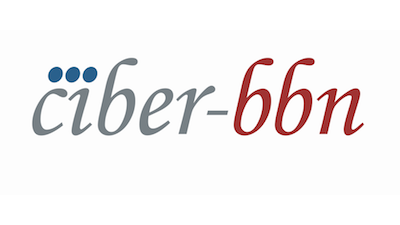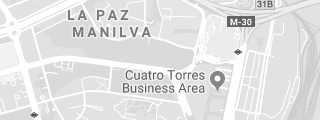TECHNOLOGY DESCRIPTION
Scope of the problem
In the regeneration of the articular cartilage, various subchondral bone stimulation techniques are used. These surgical techniques are based on injuring the bone below the site of cartilage damage inducing bleeding that opens a path for the migration of pluripotent, mesenchymal cells with chondrogenic capacity, able to produce new cartilaginous tissue. However, very often the tissue formed does not have the structure or properties of the articular cartilage (hyaline cartilage) but rather it looks more like fibrocartilage, softer, which is not functional in the joint and degenerates with time. One of the reasons why the cells that arrive at the defect site are not able to generate the correct tissue is that the biomechanical environment they find is not adequate. Different implants have been developed that aim to protect the cells and transfer to the cells the dynamic compression loads to which the joint is subjected in a similar way as in healthy tissue, but their efficiency is still not fully demonstrated.
Our innovation:
New strategy for the regeneration of articular cartilage based on an injectable material whose implant in the site of a cartilage defect would be combined with a subchondral bone stimulation technique
The material consists of a mixture of synthetic microspheres, SMs (biodegradable polymer), and autologous microspheres, AMs (produced from the patient's own tissue)
A bleeding at the defect site is produced by microfracture, nanofracture or drilling of the subchondral bone
The mixture of the two types of microspheres is injected and soaked in the blood being embedded in the blood clot. Next, the defect is covered with a synthetic membrane that sticks to the clot, covering the defect
The surgical procedure can be performed by arthroscopy
Within three months, in a rabbit knee model, the organism has displaced the biomaterial and a tissue with the histological aspect of the native one and a fully functional articular surface has replaced the defect.
BENEFITS
Competitive advantages: This innovative system creates a biomechanical environment in the place of the cartilage defect that is favorable for the chondrogenesis. Pluripotent cells easily invade the place of regeneration. No extracorporeal manipulation of cells is needed. Release of growth factors from the autologous microspheres can be performed.
LIMITATIONS
To be determined during further development.
APPLICATIONS
Regeneration of articular cartilage.
MATERIALS
Readiness Level (TRL)
 Patent Grading Report |
Patent Grading ReportThe Grading Patents Report evaluates and grades US patents Sample Buy from Wisdomain |
STATUS
Current status
Spanish patent application P201830730 (July 19, 2018), International patent PCT to be applied
AVAILABILITY
Available for
Licensing or Assignment
INVENTOR / TEAM
Jose Luis Gomez Ribelles, Gloria Gallego, Carmen Antolinos, Maria Sancho-Tello, Carmen Carda






